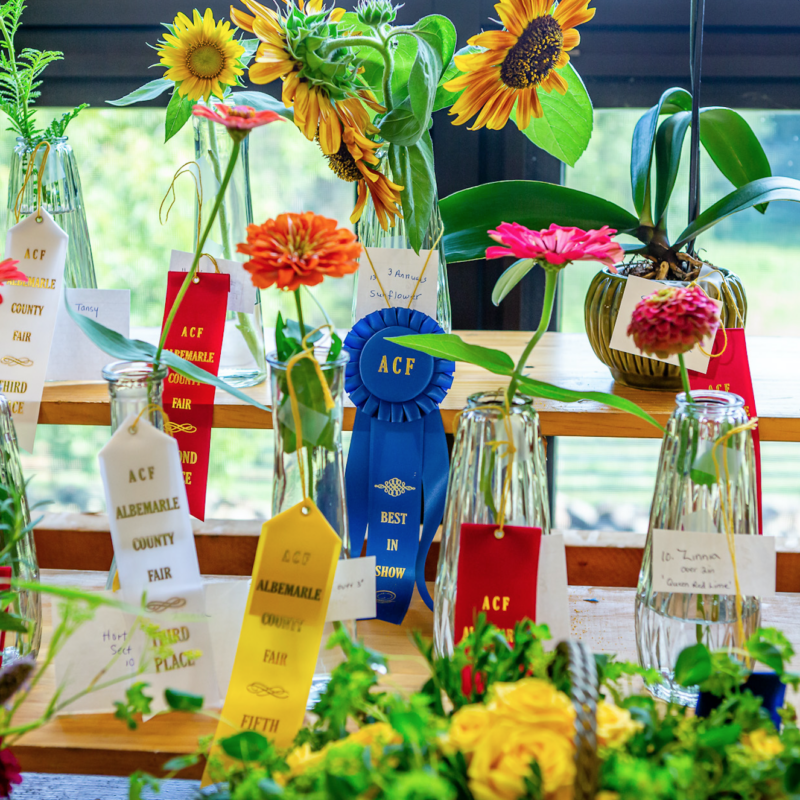As the economy limps along, restaurant trends embrace informality with a shift from the stationary to the mobile. In 2011, the food truck business exploded, with owners in search of more flexibility and less overhead. 2012’s the year of the pop-up—a temporary eatery that gives chefs or restaurateurs a chance to dip their toes into restaurant waters without cannonballing straight into a lease and all that comes with it. Here, chefs are popping up in different setting (or trying out new concepts in the same settings) to the delight of discerning foodies all over town.
Back in December, Ten’s Pei Chang and a group of chef buddies blew off some creative steam in a one-night-only pop-up called Handsome Boy Noodles. There were no reservations, but with word-of-mouth and social media (the free buzz-generator that makes pop-ups possible), they fed 350 people in five hours. The menu—pho, ramen, spicy chinese noodles, banh mi, dumplings, pork belly buns—was priced where everyone could afford it and the chefs got a new playground for the evening. Roving cook and bread baker Rick Easton had the same motivation when he set up shop at The Box one Sunday in January to offer a brunch of à la carte dishes ranging from $4-10. The restaurant seats 30, and Easton served 120 people in five hours.
/Supperclub0035.jpg)
Photo by Andrea Hubbell
So much of the pop-ups’ popularity comes from not knowing what to expect. Chefs who want to mix things up, flex their creativity, and show off their versatility might choose to change their concept for a night, like Michael Keaveny did last month when Italian tavola became pan-Asian Marco Polo. It was a Monday night (when the restaurant’s typically closed), so a temporary sign went up, Chinese lanterns decorated the ceilings, chopsticks replaced forks, sake was poured, and 100 diners relished small plates like miso-marinated black cod with Asian pear and daikon radish. Regulars who swear by Keaveny’s cooking and tavola’s setting and staff still got them, but with a new cuisine on their plates and at prices lower than they’re used to paying at tavola—plus a percentage of the tab went to Children, Youth and Family Services.
Venues other than restaurants are providing the backdrop for pop-ups too. Hill & Holler brings a chef, a winemaker, and a table with all the settings to a different farm every few months. Guests dine with grass at their feet and stars overhead and proceeds from each dinner benefit a local food or agricultural nonprofit.
Dining tables were set in an unusual spot on a Sunday night in late March when sous chefs from Mas, tavola, and Palladio gave up their nights off to take the stage, quite literally, with Grass & Grub—a three-course, gastropub-inspired dinner at The Jefferson Theater. Over four hours, the group served dishes like grilled Mahi-Mahi with braised kale, buttered popcorn hushpuppies, and remoulade sauce to more than 200 people who had likely never eaten on stage before.
Sometimes it’s the chef that pops up behind a different stove. In late February, Clifton Inn’s sous chef, Tyler Teass, ran the show at his seven-course supperclub dinner in a private home. He and three friends served 20 guests delicacies like salsify and crab with green apple, bread, and brown butter before sending them home with little paper sacks filled with sweets to enjoy (or share) later.
Other times, an animal inspires the feast. In mid-March, The Rock Barn’s Ben Thompson joined Angelo Vangelpoulos at the Ivy Inn to serve up an Ossabaw pig from snout to tail in a six-course pork extravaganza that took the place of restaurant’s regular dinner service. And earlier this month, two pigs served as the main course at BVILLE-Q, Brookville’s one-night transformation into a BBQ restaurant where patrons went for all-you-can-eat pickins’ in the name of hunger, camaraderie, and charity (a percentage benefited the Tom Tom Founders Festival).
The nontraditional settings and fleeting nature of pop-ups appeal to our sense of culinary adventure and our desire to have “been there” for a once-in-a-lifetime dining experience. And because reservations are required for these one-night affairs, hungry foodies pounce, snapping up tickets for themselves and friends, making it a social night out.
We might have less to spend these days, but we’re no less demanding—and our fine chefs recognize that. Who knows what’ll pop up next.





